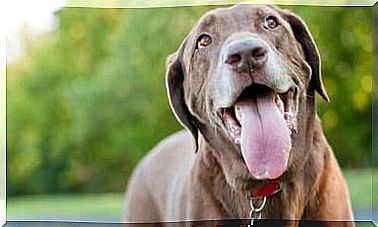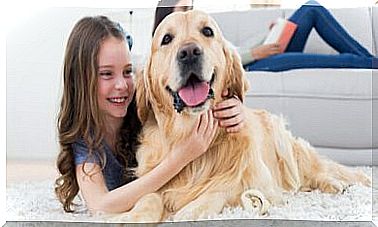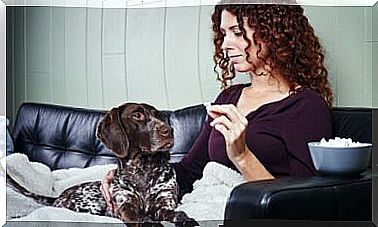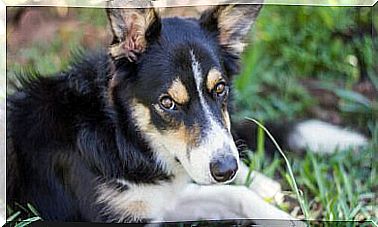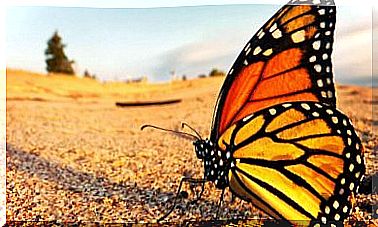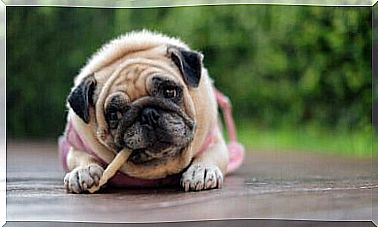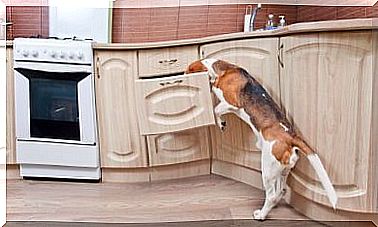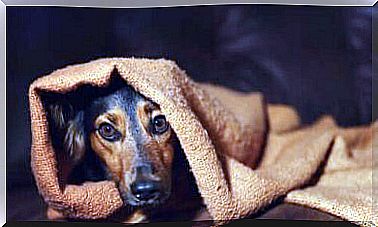How To Avoid Aggression In Dogs
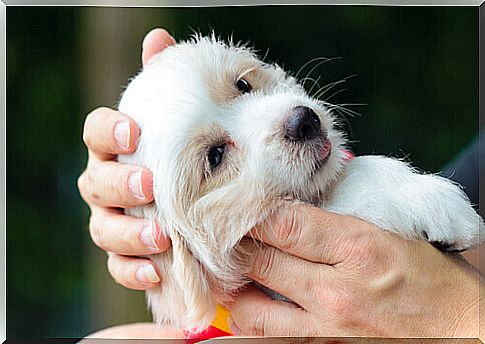
Having a dog is a very rewarding experience. However, it can sometimes become real torture if the animal is aggressive. Hence the importance of this not happening, because it could lead to serious consequences of which we are all aware. Therefore, in this article we will show you how to avoid aggression in dogs.
A certain aggressiveness in dogs is normal
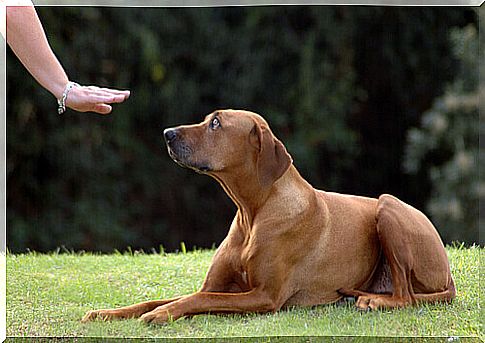
We must keep in mind that a certain aggressiveness in dogs is natural. This is based on the fact that dogs are social animals, prepared to live in a pack or pack.
Within the group there is a hierarchy. There is a pack leader or a super alpha, alpha dogs are the dominant ones at different levels but not as the leader, and then the others who are the most submissive.
The pack leader will use aggression to control and protect the group, as well as punish what is considered inappropriate. The other members will also help maintain the status of the group, carry it on, care for the puppies or obtain food.
The most submissive can behave submissively only out of fear. And this is natural: guaranteeing the survival of the group and maintaining relationships with each other.
When they come to live with humans, they still maintain the same behaviors. So, we act as if we were part of that pack, and depending on our role in the group, they will also assign us one.
Therefore, it is essential that dogs soon realize who is the head of the house. Of course, this role has to be ours.
A case in point is when owners are looking for a dog for purposes other than living together. You can find more information in the article:
Are there aggressive dogs or are the owners dangerous?
What aspects do we have to take into account to avoid aggressive dogs?
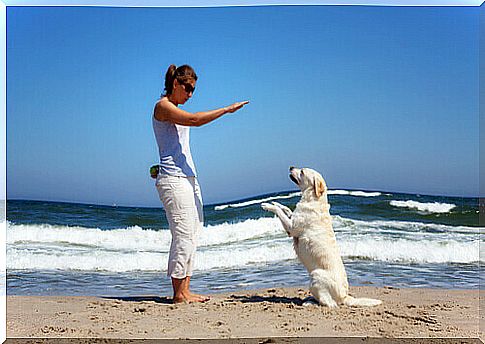
It is essential that we consider these five points to avoid aggressive behavior in our dogs:
1- Information.
First, establish the type of dog you want: companion, guard dog, or whatever.
Then, meditate on the environment in which it will live, if there are children, the elderly, the time we have to take care of it, how is our house, if there are other pets… in short, everything the animal will find when I arrive.
Then you can, from this, start to gather information about the various races that exist and choose the most suitable for your circumstances. A calm and obedient dog might be a good choice.
2- Education.
It is important for you to consider that in a dog’s life there are two key moments in his personality development. Both happen while he’s still a puppy:
- Primary socialization: from the second month of life onwards. During this period, the mother instinctively encourages the more submissive to become stronger, at the same time trying to appease the character of those who are more aggressive. It is vital that weaning does not take place before the end of this phase.
- Secondary socialization: starts at the end of the previous phase and can last up to four months. At this point, as the pet’s owner, you have to assume the role that your pet’s mother had until now, understand that you are now the leader of the pack.
If you don’t want to take risks and if the dog will live in a familiar environment, choose it to demonstrate a more submissive character within the new “pack”.
3- Punishment. Regardless of the puppy chosen, it is necessary to educate him. It is essential that the dog understands what reward and punishment represent, early on, and we must always avoid hitting the animal.
It is also imperative that the action of rewarding or reprimanding is done in the moment, because the dog does not have the ability to relate one fact to another if it does not happen in the moment.
4- Veterinarian. The role of the veterinarian is crucial. Every time you visit him, you should discuss with him any aggressive behavior expressed by your pet. The sooner a possible aggression is diagnosed, the sooner you can eliminate it.
Don’t ignore the signs. If you do this because you think it’s temporary, by the time you want to act it might be too late. Remember that this type of trend does not decrease by itself, quite the opposite. The aggression of dogs always increases.
5- Training. If, despite all your efforts, your dog continues to show signs of aggression, it is best to seek help from a trainer. There are many techniques that can only be taught by a professional. In this article you will have some tips:
Canine Training: 6 Tips for Dogs.
Put all these advices into practice and you will get your dog not to be aggressive.
